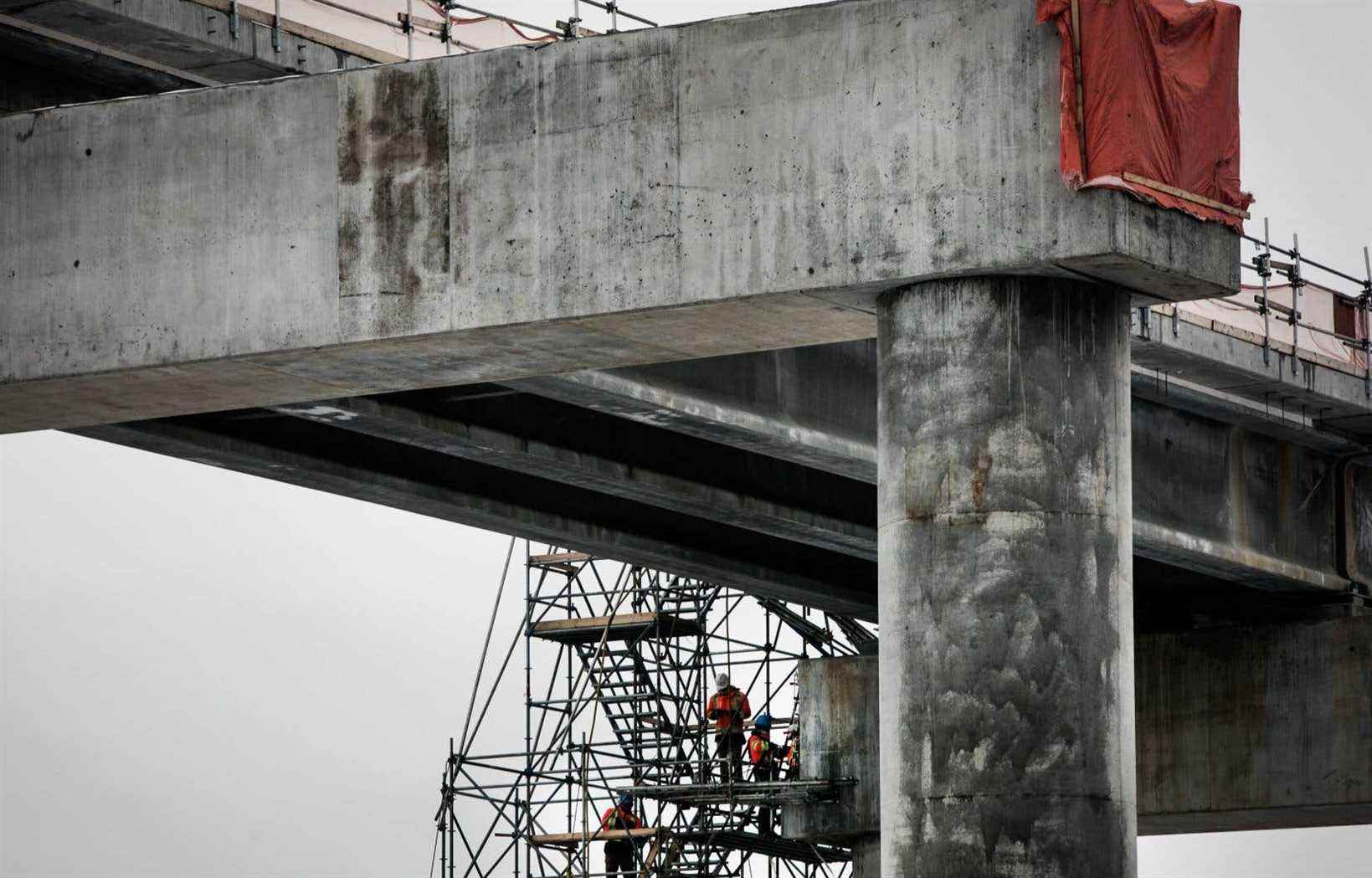In The right to the city, published in 1968, the philosopher Henri Lefebvre presents the city as the result of tensions between a conception of urban space based on the “ordinary” experience of city dwellers and that of planners and promoters, based on rationality and profitability. However, in the mind of the philosopher, for the city to really pose itself as a “common good”, it is up to the second to adapt their projects to the first: the inhabitant must be placed at the heart of the urban fabric.
Continuing with this posture, the geographer Yves Raibaud claims to have carried out “micro-geography studies to see how people took hold of the city, how they lived it”, studies whose results are disconcerting for professionals in the field. the layout. “When they design a new city, a district, things must work as it is logical that they do. They do not understand, when they have designed gardens on an esplanade, that no one goes there and that in the evening, it is creepy and that there are drug dealer meetings. Because, indeed, we are in an overhanging architecture, which comes from above, which is also very much dominated by the promoters. “
Two dimensions
For Lefebvre, the right to the city encompasses two dimensions. The first concerns the “right of appropriation”, that is to say the possibility, for city dwellers, of living in a city free from physical barriers (for example, developments limiting access to certain areas) and intangible ones ( such as land value or urban insecurity). The second concerns the possibility for city dwellers to participate in the urban fabric as actors whose urban experience would have a value.
It is clear that Infra’s current attitude and proposal concerning the section of the REM that will cross the district of Mercier – Hochelaga-Maisonneuve (MHM) goes completely against the residents’ right to the city.
In Tétreaultville in particular (between Honoré-Beaugrand and Georges-V), Sherbrooke Street is relatively narrow and the urban fabric is dense. Shops are next to single-family homes and multiplexes. Erecting an aerial structure in the center of the street is literally like having a train pass over the balconies of the houses bordering it. The intrusion of the REM into the landscape of local residents is seen as an attack on their quality of life and, more broadly, on neighborhood life. By erecting a structure that risks at best becoming a non-place breaking with the neighborhood, at worst generating devitalization and urban insecurity in its surroundings, Infra transgresses the first dimension of the right to the city of the citizens of Tétreaultville.
The fact that the Premier of Quebec asked Infra to “improve” his project changes little in substance. The new version of the project, said François Legault, will constitute “a project of three, the City of Montreal, the government of Quebec and the Caisse de dépôt”. The ordinary “expertise” of the citizens of Tétreaultville, that is to say their daily use of space and their real transport needs, once again seems excluded from the equation, which contravenes the second. dimension of the right to the city.
